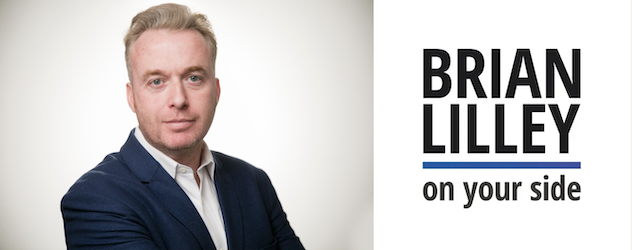
The latest polling numbers from the DART/MARU Voice of Canada Poll that I wrote about in the Sun today are fascinating.
Nationally the Conservatives hold the lead over the Liberals, in Ontario the Liberals are ahead following a 12 points surge but most importantly only 24% of Canadians think the Trudeau team deserve to be re-elected.
Read the column here and find full poll data here.
Now what about the rest of the country and how that compares to the last election?
Any reading of these poll numbers shows the Trudeau Liberals losing seats all over the map. Considering that the Liberals hold just 177 seats and a majority is 170, they can’t afford to be losing across the board.
In 2015 the Liberals captured 44.8% of the vote across Ontario netting them 80 seats, that has now dropped down to 76 seats. If they were to take 40% of the vote now, the Liberals would still lose seats.
I don’t see them taking 40% of the vote in Ontario. First off the electorate is fluid right now and this is people protesting Doug Ford by saying they will vote Trudeau. When the focus returns to Trudeau, some of those voters will switch parties again.
Secondly, that deserves to be re-elected figure is 29% in Ontario. When 40% say they will vote for you but just 29% say you deserve to be re-elected, that is an unmotivated base.
In Quebec, DART/MARU has the two main parties effectively tied. The Liberals are at 30%, the Conservatives at 29%, the Bloc sits at 20% and the NDP at 13%.
Last election the Liberals took 35.7% of the vote in Quebec and grabbed 40 seats, the Conservatives were at 16.7% and grabbed 12 seats. If both parties took roughly 30% of the vote that would mean some big losses for the Liberals and some big gains for the Conservatives.
What does this mean?
If the Liberals lose just 5 seats in Ontario and another 5 in Quebec they would fall into minority territory. That is likely to happen and quite possibly they will lose a lot more than 5 seats in Ontario.
It was a red wave that swept across Atlantic Canada in the last election with the Liberals taking every seat. I simply don’t see that happening this time.
The Liberals can’t win any more seats in Atlantic Canada than they have right now. They sit at about 49% support but last election got 51% of the vote in New Brunswick, 62% in Nova Scotia, 58% in PEI and 64% in Newfoundland.
The Liberals currently have 7 seats in Manitoba and 1 in Saskatchewan. They are polling at 21% in that region now, compare that to 44% of the vote in 2015 for Manitoba and 23.9% in Saskatchewan.
I’d predict a drop to maybe 3, possibly 4, seats in Manitoba if the numbers hold. Somehow I still think Ralph Goodale will win in Regina.
Alberta elected 4 Liberals the last time, they are down to three now after one of them was kicked out of the caucus. There is no way any of these seats go Liberal this time.
Which brings us to British Columbia.
B.C. was very good to the Liberals in the last election, they went from 2 seats to 17 proud Liberals and they didn’t just win in the Vancouver area, they won in places like the Oakangan.
Don’t expect a repeat of 2015 come October.
Right now the province is a three way race with a slight lead for the Conservatives. DART/MARU has it at 34% for the Conservatives and the Liberals and NDP tied at 27% each.
I’d say in this scenario the Liberals lose some seats but don’t go back down to 2 lonely MPs. The losses will be split between the Conservatives and the NDP.
What will be interesting is whether the Greens can hold or even expand their beachhead on the West Coast. Currently the Greens get 11% support in B.C. and they hold 2 seats.
That’s the provincial breakdown but what does it mean federally?
I’d say a change in government is likely at this point.
The Liberals could pull off a minority government but a Conservative minority is more likely in my view.
Scheer’s Conservatives are also the only party I see with a path to a majority.
Campaigns matter and a lot can happen between now and October 21 so stay tuned.



